Laser weapons in space. Features of operation and technical problems
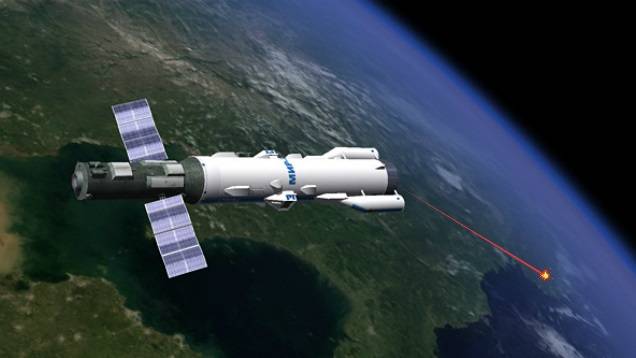
It is widely believed that the best medium for using laser weapons (LO) is outer space. On the one hand, this is logical: in space, laser radiation can propagate almost without interference caused by the atmosphere, weather conditions, natural and artificial obstacles. On the other hand, there are factors that significantly complicate the use of laser weapons in space.
Features of the operation of lasers in space
The first obstacle to the use of high-power lasers in outer space is their efficiency, which is up to 50% for the best products, the remaining 50% goes to heat the laser and the equipment surrounding it.
Even in the atmosphere of the planet - on earth, on water, under water and in the air, there are problems with cooling powerful lasers. Nevertheless, the possibilities for cooling equipment on the planet are much higher than in space, since in vacuum the transfer of excess heat without mass loss is possible only with the help of electromagnetic radiation.
On water and under water, the cooling of LOs is easiest to organize - it can be done with outboard water. On the ground, you can use massive radiators with heat removal to the atmosphere. Aviation for cooling LO can use a free flow of air.
In space, heat sinks are utilized by refrigerator emitters in the form of finned tubes connected into cylindrical or conical panels with a heat carrier circulating in them. With an increase in the power of laser weapons, the size and mass of the refrigerator emitters, which are necessary for its cooling, increase, and the mass and especially the dimensions of the refrigerator emitters can significantly exceed the mass and size of the laser weapon itself.
The Skif Soviet orbital combat laser, which was planned to be put into orbit by the Energia superheavy carrier rocket, should have used a gas-dynamic laser, the cooling of which would most likely be effected by the ejection of a working fluid. In addition, the limited supply of working fluid on board could hardly provide the possibility of long-term laser operation.
Energy sources
The second obstacle is the need to provide laser weapons with a powerful source of energy. If you don’t deploy a gas turbine or a diesel engine in space, they need a lot of fuel and even more oxidizer, chemical lasers with their limited reserves of the working fluid are not the best choice for placement in space. Two options remain - to provide power to a solid-state / fiber / liquid laser, for which solar batteries with buffer batteries or nuclear power plants (NPPs) can be used, or use lasers directly pumped by nuclear fission fragments (nuclear-pumped lasers).
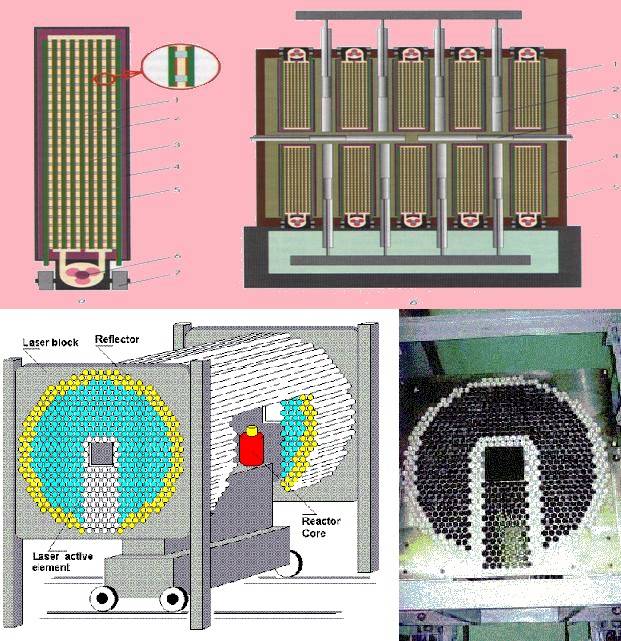
Laser reactor circuit
As part of the work being carried out in the United States under the Boing YAL-1 program, it was planned to use a 600 megawatt laser to destroy intercontinental ballistic missiles (ICBMs) at a distance of 14 kilometers. In fact, a power of about 1 megawatt was achieved, while training targets were hit at a distance of about 250 kilometers. Thus, a power of the order of 1 megawatt can be oriented as the basic one for space laser weapons, which can, for example, work from a low reference orbit for targets on the Earth’s surface or for relatively distant targets in outer space (we don’t consider LO designed for “exposure "Sensors).
At a laser efficiency of 50%, to obtain 1 MW of laser radiation, it is necessary to bring 2 MW of electric energy to the laser (actually more, since it is still necessary to ensure the operation of auxiliary equipment and the cooling system). Is it possible to get such energy with the help of solar panels? For example, solar panels installed on the International Space Station (ISS) generate from 84 to 120 kW of electricity. The dimensions of the solar panels required to obtain the indicated power are easily estimated from the ISS photo images. A design capable of providing power to a 1 MW laser will be of enormous size and minimal mobility.
You can consider the battery assembly as a power source for a powerful laser on mobile carriers (it will be required as a buffer for solar batteries in any case). The energy density of lithium batteries can reach 300 W * h / kg, that is, to provide a 1 MW laser with an efficiency of 50%, battery power weighing about 1 tons is needed for 7 hour of continuous operation. It would seem that not so much? But taking into account the need to bookmark the supporting structures, related electronics, devices for maintaining the temperature of the batteries, the mass of the buffer battery will be approximately 14-15 tons. In addition, there will be problems with the operation of batteries in conditions of temperature changes and space vacuum - a significant part of the energy will be "consumed" to ensure the life of the batteries themselves. Worst of all, the failure of one battery cell can lead to the failure, or even explosion, of the entire battery of batteries, at the same time with the laser and the spacecraft-carrier.
The use of more reliable energy storage devices, convenient from the point of view of their operation in space, is likely to lead to an even greater increase in the mass and dimensions of the structure due to their lower energy density from the calculation of W * h / kg.
Nevertheless, if we do not impose requirements on laser weapons for hours of work, and we use LO to solve special problems that occur once every few days and require a laser operation time of not more than five minutes, this will entail a corresponding simplification of the battery . Rechargeable batteries can be carried out from solar panels, the size of which will be one of the factors limiting the frequency of use of laser weapons.
A more radical solution is to use a nuclear power plant. At present, spacecraft use radioisotope thermoelectric generators (RTGs). Their advantage is the relative simplicity of the design, the disadvantage of low electrical power, which in the best case is several hundred watts.
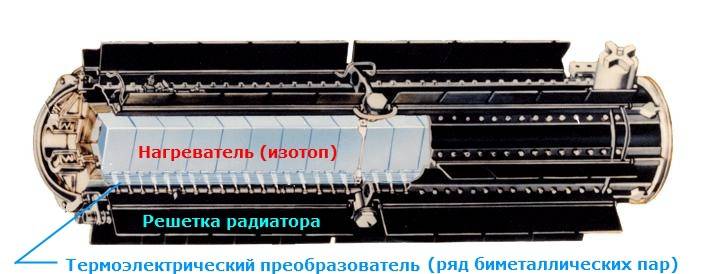
A prototype of the promising Kilopower RTG is being tested in the USA, in which Uranium-235 is used as fuel, sodium heat pipes are used to remove heat, and heat is converted into electricity using the Stirling engine. In the prototype of the Kilopower reactor with a power of 1 kilowatt, a rather high efficiency of about 30% was achieved. The final sample of the Kilopower nuclear reactor should continuously produce 10 kilowatts of electricity for 10 years.
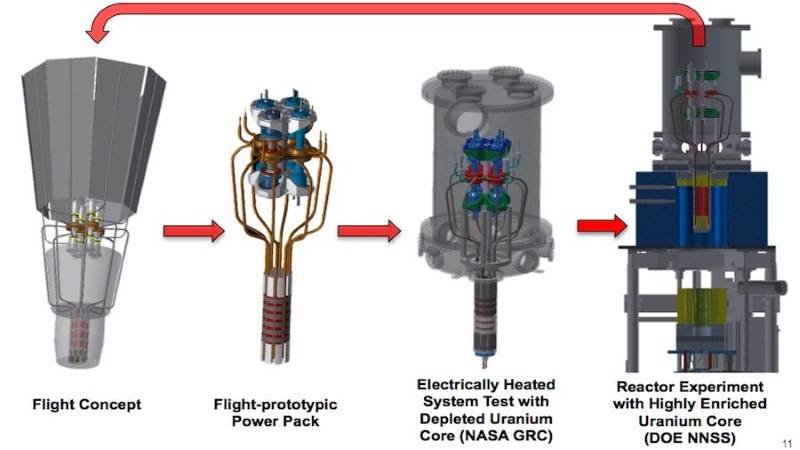
A power supply circuit with one or two Kilopower reactors and a buffer energy storage device can already be operational, providing periodic operation of a 1 MW laser in combat mode for about five minutes, with a frequency of once every several days, through a buffer battery.
In Russia, a nuclear power plant with an electric capacity of about 1 MW for a transport and energy module (TEM) is being created, as well as thermionic nuclear power plants based on the Hercules project with an electric power of 5-10 MW. Nuclear power plants of this type can supply laser weapons without intermediaries in the form of buffer batteries, but their creation faces big problems, which is not surprising in principle, given the novelty of technical solutions, the specifics of the operating environment, and the inability to conduct intensive tests. Space NPS is a topic of a separate material, to which we will definitely return.
As in the case of ensuring the cooling of powerful laser weapons, the use of a nuclear power plant of one type or another also puts forward increased cooling requirements. Emitter-fridges are one of the most significant elements of a power plant in terms of weight and size; the proportion of their mass, depending on the type and power of a nuclear power plant, can range from 30% to 70%.
Cooling requirements can be reduced by reducing the frequency and duration of laser weapons, and by using relatively low-power RTU type nuclear power plants that recharge a buffer energy storage device.
Standing apart is the placement in orbit of nuclear-pumped lasers that do not require external sources of electricity, since the laser is pumped directly by the products of a nuclear reaction. On the one hand, nuclear-pumped lasers will also require massive cooling systems, on the other hand, the direct conversion of nuclear energy into laser radiation can be simpler than with the intermediate conversion of the heat generated by a nuclear reactor into electrical energy, which will entail a corresponding reduction in size and mass products.
Thus, the absence of an atmosphere that impedes the propagation of laser radiation on Earth, significantly complicates the design of space laser weapons, primarily in terms of cooling systems. A slightly smaller problem is the provision of space laser weapons with electricity.
It can be assumed that at the first stage, approximately in the thirties of the XXI century, a laser weapon will appear in space that can function for a limited time - of the order of several minutes, with the need for subsequent recharging of energy stores for a rather long period of several days.
Thus, in the short term, there is no need to talk about any massive use of laser weapons “against hundreds of ballistic missiles”. Laser weapons with advanced capabilities will appear no earlier than the megawatt class nuclear power plants will be created and developed. And the cost of spacecraft of this class is difficult to predict. In addition, if we talk about military operations in space, then there are technical and tactical solutions that can greatly reduce the effectiveness of laser weapons in space.
Nevertheless, laser weapons, even limited in time of continuous operation and frequency of use, can become an important tool for conducting combat operations in space and from space.
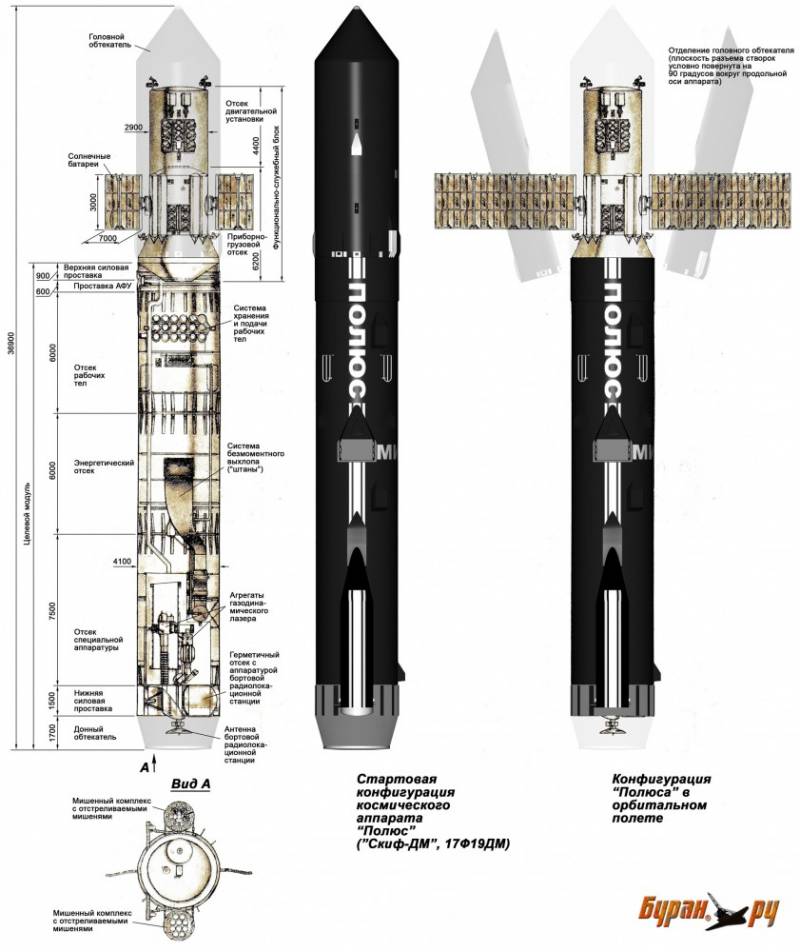
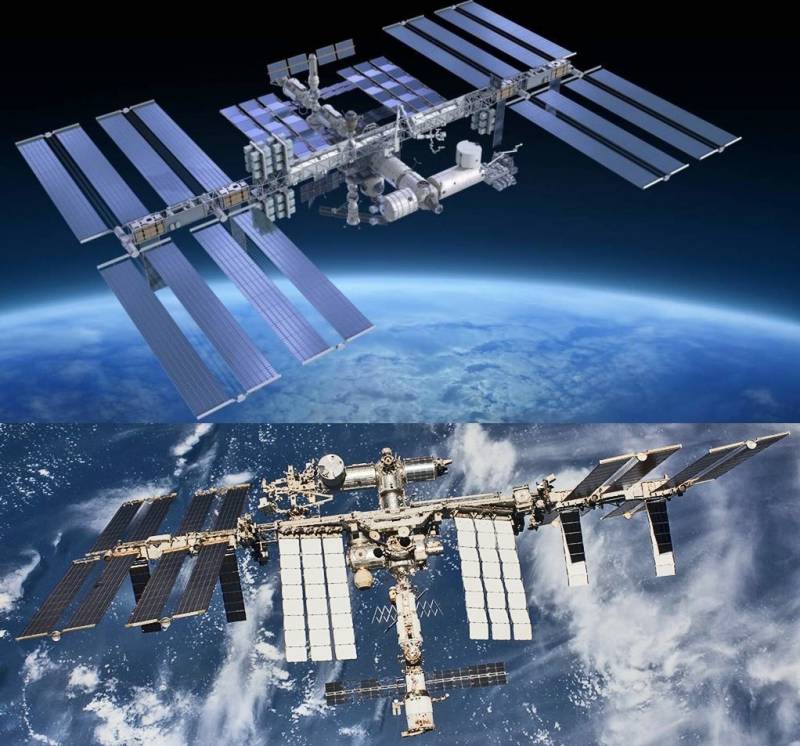
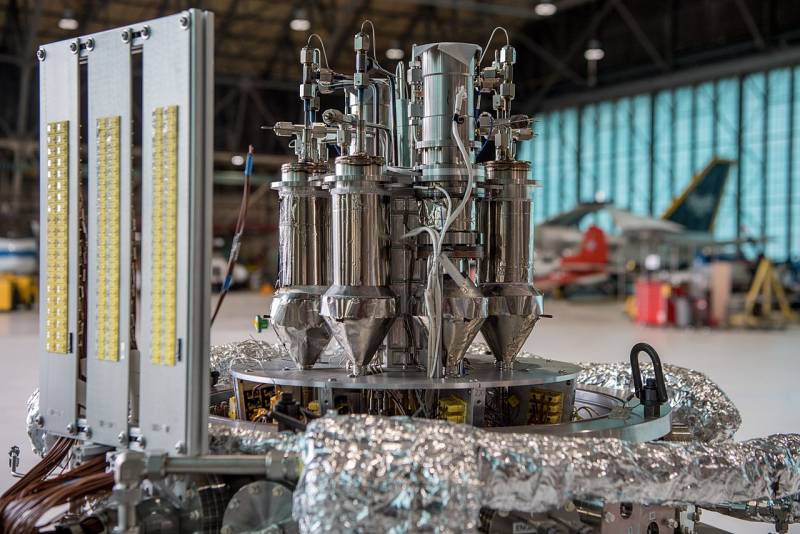
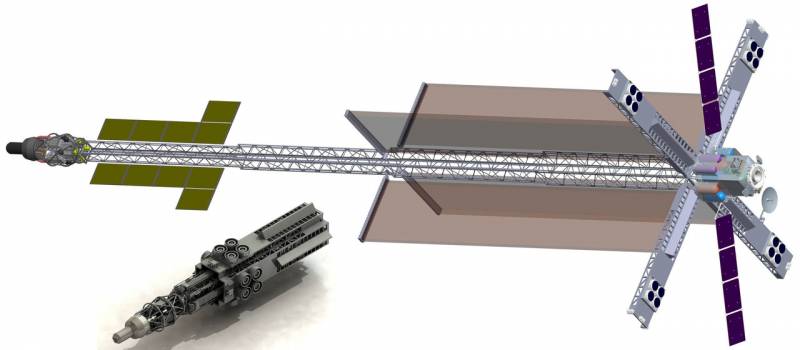
Information